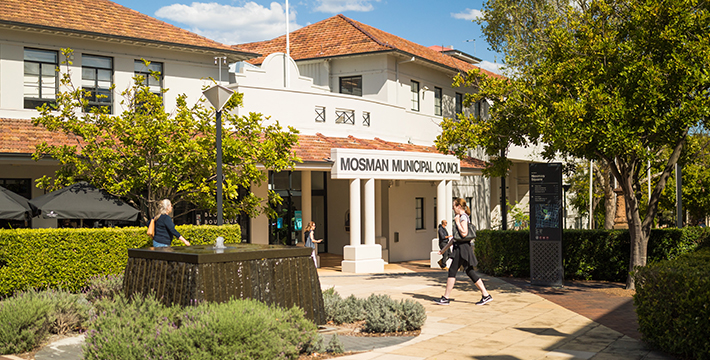
In a groundbreaking effort to boost marine biodiversity, Living Boulders have been installed at Spit West Reserve in Mosman. This initiative aims to create vital habitat spaces for a wide range of marine organisms, building on the successful Living Seawalls installation at Ellery Park in 2023. The project seeks to enhance the ecological value of seawalls and improve biodiversity and ecosystem health along urbanized coastlines.
The Living Boulders are specifically designed to ecologically enhance the rock revetment at Spit West Reserve. The existing shoreline, which was artificially constructed, had previously covered the natural rocky habitat, eliminating essential features such as rockpools. These habitat boulders now incorporate rockpools, providing refuge for marine organisms from desiccation and predators.
Building on Past Successes
This installation marks the third Living Boulders project globally and the second in Australia. The first installation at Lavender Bay in North Sydney in 2023 resulted in a remarkable 68% increase in biodiversity along the revetment. Such success stories underscore the potential impact of these innovative ecological structures.
Dr. Paloma Matis, Mosman Council’s Environment Coordinator and a marine scientist, expressed her enthusiasm for the project.
“Mosman Council is proud to be the home of the second ever Living Boulders installation. Following the success of the Living Seawall at Ellery Park, we are eager to see how this new initiative will support biodiversity along Mosman’s foreshore by creating habitat for marine life to thrive,”
she said.
Scientific Monitoring and Expected Outcomes
To assess the impact of these habitat enhancements, researchers will conduct regular ecological surveys of the Living Boulders and surrounding areas. These surveys will monitor local biodiversity and compare it to control sites to ensure the boulders are functioning as expected.
Dr. Janine Ledet, Research Associate with Living Seawalls, explained the significance of these microhabitats.
“These micro habitats are crucial for being able to encourage small species like snails and other little fish to come and swim in and use them as habitat,”
she noted. Dr. Ledet emphasized that the installation will be monitored annually to verify its role in boosting biodiversity at Spit West Reserve.
Collaborative Efforts and Future Prospects
This pioneering project is supported by the NSW Government through its Environmental Trust. Living Seawalls is a flagship program of the Sydney Institute of Marine Science, delivered in collaboration with Reef Design Lab, UNSW, and Macquarie University. The collaboration highlights the importance of interdisciplinary partnerships in advancing ecological restoration efforts.
The installation of Living Boulders at Spit West Reserve represents a forward-thinking approach to environmental conservation. By creating new habitats that mimic natural conditions, these efforts aim to restore ecological balance and support marine life in urbanized areas.
As researchers continue to monitor and analyze the impact of these installations, the data collected will provide invaluable insights into the effectiveness of such ecological interventions. The success of the Living Boulders project could pave the way for similar initiatives worldwide, offering a sustainable solution to enhance marine biodiversity in coastal regions.







